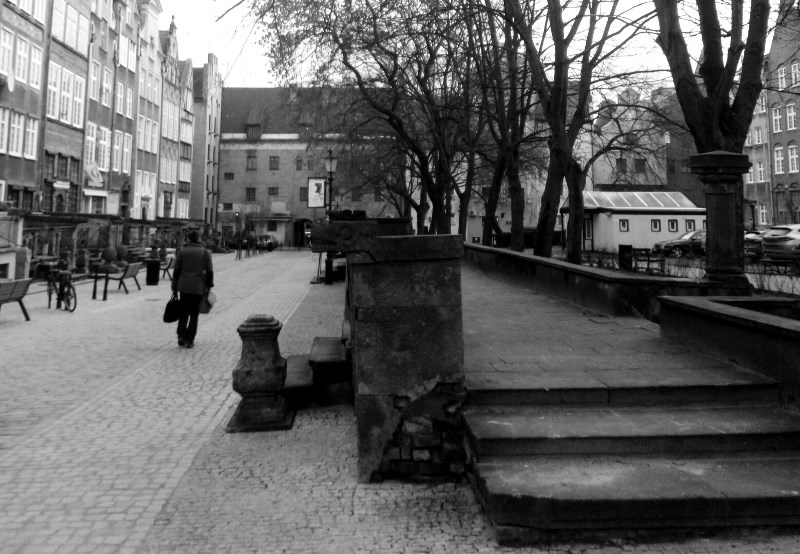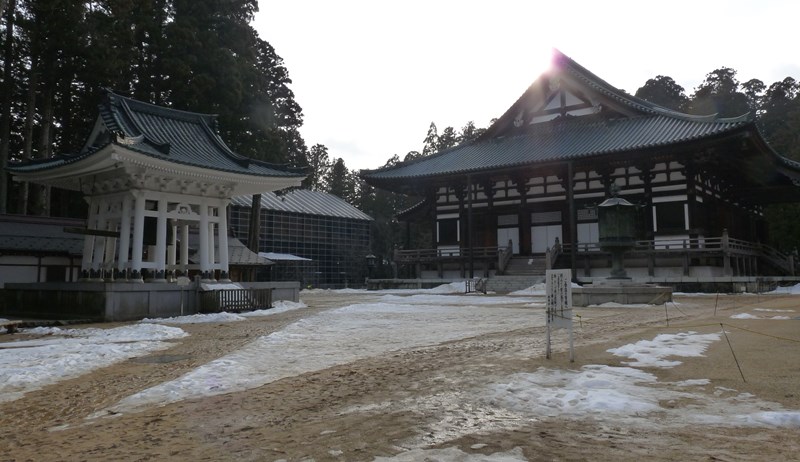Curious contours of time in a city – Hyderabad
/By Suranjana Choudhury:
“The desire to see the city preceded the means of satisfying it.” Michel de Certeau
Can one experience a city and then narrate it? Is it not quite challenging to embark on such a task? A city lives its own life. I had visited Hyderabad before, the most recent being my fourth time in the city. I knew that Hyderabad also possesses its own lived realities and fantasises. But prior to this I never experienced any urgency to write about this city. Now, as a resident of a quiet and mildly pensive hill station like Shillong, I have grown rapidly sharp and perceptive to the kinaesthetic appeal of a place like Hyderabad.
A longer stay in the city offered me the scope to experience Hyderabad with all its fluidities and fixities. The sights and sounds overwhelmed me as I realised that I had come to live in what was both an ancient and a very modern city. I remembered my stay in Rome. Rome too had a similar appearance. It had witnessed thousand years of history and preserved many derelicts of the past amidst its growth as a global metropolis. Hyderabad also exuded such a peculiar charm. As a city, Hyderabad has traversed a historical route which has been quite different from that of most other cities in India. The city is defined through its relationships between the expansiveness of its space and episodes of its past. History is a tangible, palpable presence which none can dare ignore. The city does not merely tell its past, it does more than that.
Marco Polo in Calvino’s Invisible Cities tells us that the past in Zaira is contained “like the lines of a hand, written in the corners of the streets, the gratings of the windows, the banisters of the steps, the antennae of the lightning rods, the poles of the Bags, every segment marked in turn with scratches, indentations, scrolls.” There are many ways of describing the city. On the one hand, it incarnates the busyness of lives driven by corporate dreams. On the other, an idleness of an archaic feudal order. The forts, the tombs, some celebrated museums, some half-forgotten memorials, stood in sharp contrast to a few glamorous and a few prosaic components of contemporary city culture. I responded with awe to the richly nourished histories of Salarjung museum, to and fro motions of time in Golconda gullies, aromatic tastes of biriyani, dazzling visuals of various saree stores and of course heavy trail of chaotic traffic on the streets.
Of all my experiences received in Hyderabad, I remember a particular twilight spent in Golconda fort. This extraordinary structure is not a singular edifice; rather it is a community of constructions spread on a sprawling landscape. Being a Saturday, the place was already swollen with visitors arriving from everywhere. The composition of this anonymous crowd chronicled the hierarchy of a society and the differences of lives lived. On the huge, sprawling canvas one could witness such multiplicities in terms of nationality, ethnicity, language, religion. In short, the place was microcosmic India.
Some fashionably attired young men and women had arrived to spend a casual evening, some very spirited and dedicated travellers browsed every spot of the fort. Interestingly, it appeared that for some families the fort also offered a veritable site for picnicking. Some burqa-clad women, some scantily dressed. A father trying to appease a demanding baby. Some ravenous children gorging on multi-coloured ice-creams… They all presented an aesthetic delight of a different measure.
It was not just the sound or the sight or the smell; the space had transformed into something else. It evolved into an enduring visual, aural and tactile archive, preserving all the contours of this unique experience. It was a rhapsodic evening. As I walked along the belly of the historical ruins, I grew progressively aware of something which is perhaps symptomatic of every tourist spot. Golconda fort has ceased to be a piece of history. It had embraced saleability. This remnant of history had become an object to be exhibited; a public display to be visually consumed.
Amit Chaudhuri, the noted creative artist of our times, writes about a similar trope in his extremely evocative article “Kalighat Revisited.” I had read it long before I visited Hyderabad. I suppose his writing was somewhere lurking in the margins of my mind, and this in turn informed my observations. As more and more viewers trickled in, the fort growingly ascertained its acceptability, its popularity in the sphere of public desire.
There were other aspects of the Golconda narrative. Just as a television visual often renders random layers of a scene one upon another, so does the pattern of traveller/ consumer behaviour offer compelling commentaries on time and change. Some years back, when digital cameras were not digital and world was not so narcissistically obsessed with ‘selfie-images’, the photographer-sellers hitting those tourist places had reason enough to experience their own sense of self-importance. But now, these photographers appeared more and more desperate and sad. There were quite a few of them hanging around. They longed for potential buyers. With anxiety and hopelessness writ large on their faces, these professionals exercised several strategies to acquire a willing customer. They seemed haunted by phantoms of a happier past.
Their tragicomic predicaments held sway over everything else. Even a few years back there was no dearth of customers for them. The visitors who did not possess cameras or who forgot to bring one would gravitate towards these photographers to carry back their own personal memories of having been visited the fort. They would deliver one photograph after another in surprisingly short span of time. They were performers, conjurors who ensured that the audiences experienced full satisfaction after the show got over. However, a post-globalised universe has now fiercely transformed our imagination and cravings. I perceived these lost professionals as parallel recipients and victims of a changed world. They haunted the margins of an existence. Could they launch a different career? Is there any other strategy?
It is difficult to arrive at any answer. When I walked outside this luminous, resplendent architecture, my thoughts had changed perceptibly. I no longer felt an outsider. The collective experience of this visit opened up an imaginary space. This space was infinite, boundless. I was happy to inhabit and possess it together.
About the author:
Suranjana Choudhury is an Assistant Professor at the Department of English, North Eastern Hill University, Shillong. Her areas of interest include Narratives on Partition and Displacement, Women Studies, Travel Writings and Translation Studies. Besides her academic writings, she has also contributed to Humanities Underground, The Statesman, Cafe Dissensus, Coldnoon Travel Poetics, and Scroll.in.










